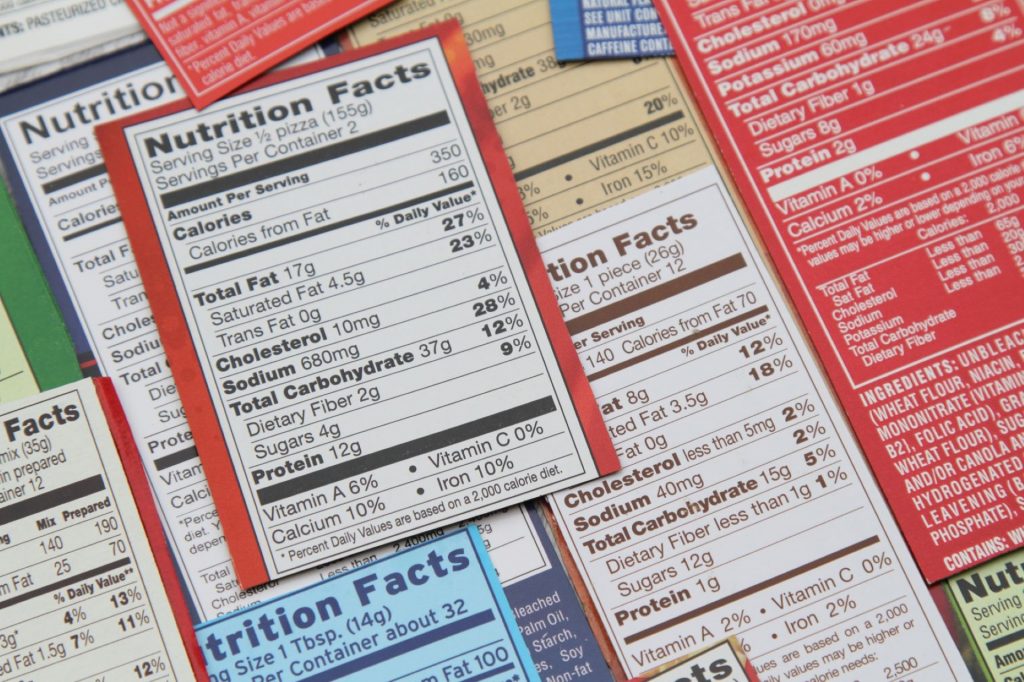Surveillance, monitoring and evaluation

Collecting data is important to inform the intervention, to monitor the extent to which it is being implemented effectively and having the intended effect, and to evaluate the impact of the intervention. It is important to do surveillance before (plan & design), during (monitoring & adaptation) and after (evaluation) program implementation. The figure below shows how the findings from surveillance and monitoring can be used at each stage of a program.
Creating healthy food environments in public institutions and other settings

Creating healthy food environments can lead to improvements in population diets though food supply changes and facilitating individual healthy food choices. Public institutions are an opportunity for creating
Policy action – labelling, marketing restrictions and fiscal policies

Prior to the implementation of nutrition policies such as front-of-pack labelling, marketing restrictions, and fiscal policies, it is important to understand the major sources of sodium in the local diet. The methods and resources for measuring the main contributors
Industry and Reformulation

In most high-income countries, and increasingly in low and middle-income countries, 70-80% of salt consumed comes from processed foods and meals (including meals eaten out of the home and takeaway foods)
Developing Strategies

Salt reduction strategies are much more likely to be effective and sustainable if time and effort is put into developing a strategic approach and ensuring stakeholder commitment. If you are clear about what you are trying to
Consumer Awareness and Behaviour Change

Targeted and sustained communication and behaviour change strategies can be used to empower people to improve their salt intake and diet, create consumer demand for lower salt food products, and improve uptake of